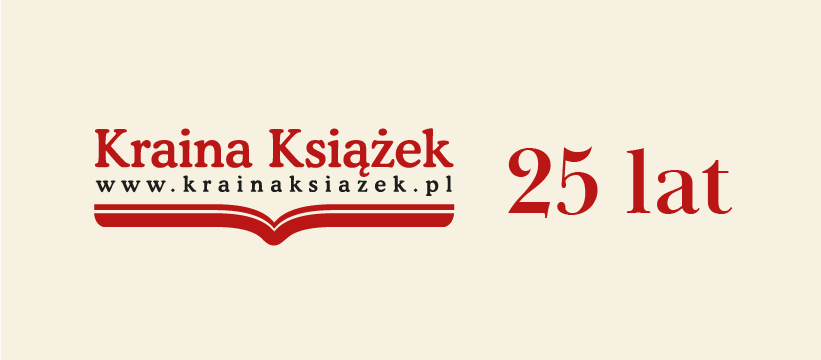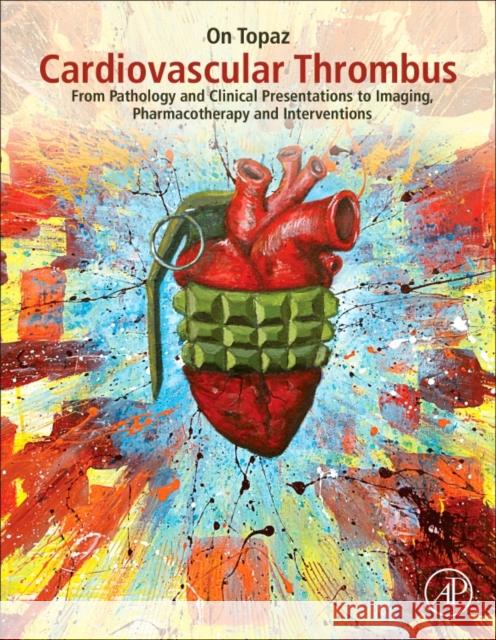Cardiovascular Thrombus: From Pathology and Clinical Presentations to Imaging, Pharmacotherapy and Interventions » książka
topmenu
Cardiovascular Thrombus: From Pathology and Clinical Presentations to Imaging, Pharmacotherapy and Interventions
ISBN-13: 9780128126158 / Angielski / Twarda / 2018 / 670 str.
Cardiovascular Thrombus: From Pathology and Clinical Presentations to Imaging, Pharmacotherapy and Interventions
ISBN-13: 9780128126158 / Angielski / Twarda / 2018 / 670 str.
cena 696,54 zł
(netto: 663,37 VAT: 5%)
Najniższa cena z 30 dni: 693,78 zł
(netto: 663,37 VAT: 5%)
Najniższa cena z 30 dni: 693,78 zł
Termin realizacji zamówienia:
ok. 18-20 dni roboczych.
ok. 18-20 dni roboczych.
Darmowa dostawa!
Kategorie BISAC:
Wydawca:
Academic Press
Język:
Angielski
ISBN-13:
9780128126158
Rok wydania:
2018
Ilość stron:
670
Oprawa:
Twarda
Wolumenów:
01











